
|
|
From the Editor - May 2021
The politically-driven push from various Governments to “re-open” things isn’t helping at all - they know better than that. Their attitude simply empowers the covidiots, especially those who think that once they’re vaccinated they can do what they like. The evidence that none of the vaccines is 100% effective (especially against the emerging mutants), none of them maintain protection indefinitely and none of them necessarily prevent you from picking up the virus and spreading it to others even if you are spared any symptoms yourself is sufficiently compelling to make it crystal-clear that re-opening at present is a VERY bad idea. The disturbingly high proportion of anti-maskers, anti-vaccsers and vaccine refusers is perhaps the greatest threat - they will be circulating in our midst with no protection and no way of identifying them, spreading the virus and encouraging further mutations which may or may not be controllable by the available vaccines. The fact that the vaccines are already known to be less effective against some of those emerging mutations is cause for extreme ongoing caution. We haven't seen the worst of this yet .......... To share a few examples close to home, Ontario, Canada has been forced to return to full lock-down mode and request assistance from the Canadian Armed Forces to deal with their surging number of new cases. My own Province of British Columbia is fast heading in the same direction. People had an opportunity to avoid having this happen by accepting the need to behave responsibly for a while, but far too many of them chose not to do so. PLEASE consider the situation carefully and don’t let others do your thinking for you or allow your understandable desires to over-ride your responsibilities! Let’s all remain super-careful until it’s REALLY safe to start resuming normal service, NOT when some government or business talking head says that it’s safe! I’ve had my first shot, but I’m staying in self-isolation mode because it’s the right thing to do, for now at least. I care about this community and want it to stay safe!!
The numbers for April 2021 showed a virtually unchanged level of activity on this site. The April total of total of 440,847 hits was a little down, as was the number of visits at 4,475. However, the good new was that these visits came from a modestly increased 2,442 unique visitors, who between them accessed a virtually unchanged total of 16,639 pages. I seem to be maintaining a stable level of reader interest! These figures confirm that despite the COVID-19 pandemic and the ongoing political distractions, a good number of folks are clearly remaining very much engaged with our hobby. Further confirmation comes from the fact that the mail box has remained very active. I heard from quite a few of you during April, including (in no particular order) Luis Petersen, Luke Roy, Johnny Shannon, Tim Dannels, Chris Coote, Tom Coletta, Per Byrgren, Peter Valicek, Maris Dislers, Tahn Stowe, Lyndon Bedford, Jim Woodside, Andrew Boddington, Alberto Parra, Peter Rathke, Bob Parry, Greg Kamysz, Ross Purdy, Dave Zwolak, Simon Blake, Steve Webb, Ken Burdick, Bill Wells, Scott Clydesdale, Rodrigo Castellanos, Leonard Poon, Chris Ottewell and Neill McRae. Apologies to anyone whom I may have inadvertently missed in the crowd, and apologies also to those whose messages went unanswered. The blog site has continued to justify its existence by contributing a small but steady flow of relevant traffic - thanks for that.
Next I heard from Ross Purdy, who has accepted the challenge of building an example of Ron Chernich’s DragonFlea rendition of the fascinating little British Dragonfly diesel, plans for which may be found It’s been perhaps the greatest month ever for reader feedback in response to my articles! I really appreciate such input, both because it adds to our shared knowledge and because it shows that people are both reading and thinking about my ramblings. Keep those comments coming! First up, last month’s article on the Airstar 2.15 cc diesel drew a very interesting response from Danish reader Per Byrgren. Per noted the illustrated serial number on Stewart McLean’s example of the engine and offered a speculative but seemingly logical reading of these figures. I found this to be sufficiently compelling that I thought it worthwhile to add Per’s comments to the existing article. His suggestions may be found at the end of the “Description” section of the article - worth a look if you haven’t already seen it. My sincere thanks to Per for his contribution!
Another informative contact relating to that same Tempest article came from Scott Clydesdale, a tether car racing enthusiast from Brisbane, Australia. Scott was able to add another Tempest serial number to my database, also providing information on yet another Australian racing engine which I had As if all of this wasn’t enough, I also heard from my good mate Maris Dislers of South Australia regarding last month’s article on the Cobra .049. Maris was able to comprehensively upset one of my pet theories set out in that article by presenting incontrovertible photographic evidence of the existence of at least one example of the Cobra which is numbered in the upper 3000 range. Whoops - another theory down the drain! Reader Bob Parry threw his own hat into this particular ring by reporting that neither of his two examples of the Cobra fits neatly into my first variant/second variant characterization. To add insult to injury, Maris also tells me that his engine number 3834 sports an original glow head which cannot be removed using a standard full-circle Cox wrench due to minor dimensional differences. Moreover, the form and volume of the Cobra combustion chamber is different from that of the Cox. Bob Parry provided strong support for Maris’s observations by reporting that he actually has a NOS glow head which is clearly identified as a Cobra item and which differs from the Cox head. One of his two example features such a head, while the other is fitted with a Cox component. All of this appears to provide incontrovertible evidence to the effect that, contrary to my prior conviction, the Cobra did not use standard Cox heads but rather components made by (or for) Cobra manufacturer John Rodwell in England. Naturally, these observations have forced several significant revisions to the Cobra article as originally published. My very sincere thanks to Maris and Bob - gotta keep this stuff accurate if it’s to be of any value as a reference!
As if that wasn’t enough already, Maris also responded to my request that he write up his recent successful conversion of a Fox .049 glow-head to accept an O.S. Turbo glow-plug. The advantages of such plugs include superior sealing capacity, improved heat transfer from the area around the plug element and the elimination of any discontin By some kind of cosmic coincidence, a very exciting contact came from Greg Kamysz, who operates the excellent and highly recommended Kamtechnik business offering high-quality custom components for smaller glow-plug engines, notably Cox. Prominent among his products are Turbo heads for a number of smaller glow-plug motors, notably Cox but also including G-Mark, Testors/McCoy and Norvel. Greg’s Turbo head for the Cox .15 also fits such engines as the Fox 09 and 10 models as well as the Gilbert 11. I just ordered a few heads from Greg myself - give him a try! It turns out that Greg shares my interest in classic Russian engines. He read my comments about the 1954 award-winning VIKHR 2.5 cc racing diesel and was sufficiently inspired to have a go at developing CAD plans and making a reproduction. Despite a few issues requiring some special consideration, the project is coming along well, to the point that Greg has already produced the accompanying 3-D computer renditions. Nice-looking engine! More to come, no doubt - stay tuned!! That’s quite enough feedback for one month, one would think! However, not so, dear friends - there was even more! I was absolutely delighted to Lyndon also tells me that he recently had a very pleasant visit with Ray Tuthill, a former many-times winner in Class B team racing using an ETA 29. Ray is mentioned at length in my earlier article. Lyndon knew Ray well from earlier years and was delighted to re-establish contact. Apparently Ray is still very much going strong - great to hear! Now, finally on to the articles which make up the core of this website! I’ve previously noted my present intention of revising and re-mounting some of my MEN articles on this website. I anticipated that this would create a situation in which readers would see not one but two new articles here each month. One As promised in last month’s Editorial, the all-new lead article for May takes us to early post-WW2 Czechoslovakia (as the Czech Republic was then) to have a good look at one of the more prominent model engine ranges from the early post-WW2 years in that country. We’ll be examining the Atom diesels, also paying some attention to their NV successors. These were among the most capably designed and well-produced engines to be manufactured anywhere during the first few years following WW2, making them well worthy of our attention. You may be quite surprised at the range of different models produced under the Atom name! I’m greatly indebted to my good mate Peter Valicek for his invaluable help in making this article possible.
Turning now to next month, long-time readers will be well aware of my keen interest in model diesels from America. That country is very well-known for its leadership role in developing and refining the model spark ignition engine as well as for being the birthplace of the glow-plug motor. It’s far less well recognized that Next month’s lead article will highlight an American diesel which I’ve hitherto managed to overlook. This is the dieselized Arden .099 unit fitted with the excellent D-E variable compression diesel conversion head of 1947. It turns out that this combination constitutes a highly useable model diesel, albeit one which is perhaps a bit on the fragile side in structural terms. Nevertheless, the fact that this unit represents a joining of forces by two independent manufacturers by no means disqualifies it from inclusion in the list of American diesels - indeed, dieselized Ardens appear to have enjoyed a period of fairly widespread use back in the day. I think that you’ll really enjoy learning about this very interesting contribution to America’s diesel heritage!
I think that about does it for this edition, and quite enough too! All being well, I'll be back to you with another edition on or about June 1st, 2021. Meanwhile, please accept my best wishes for continuing to rise above the present pandemic and political situations and getting the best of what life has to offer under present circumstances. The heady aroma of diesel fumes, sparkie smoke or burning nitro may be more challenging than usual to experience, but I hope that at least some of you find an opportunity to get your fume fixes! Take care and stay well - pay attention to the doctors and scientists, get vaccinated and trust your own informed opinions rather than those of the politicians and their uninformed self-serving supporters!! Cheers, Adrian Duncan British Columbia, Canada ___________________________________ Note regarding material to be found on this site - unless specifically otherwise noted, all images and text which appear on this site are my own work, and I hereby assert my right to be recognized as the originator of this material. For the record, this material is made freely available to all upon two firm conditions:
Adrian C. Duncan British Columbia, Canada |
| |
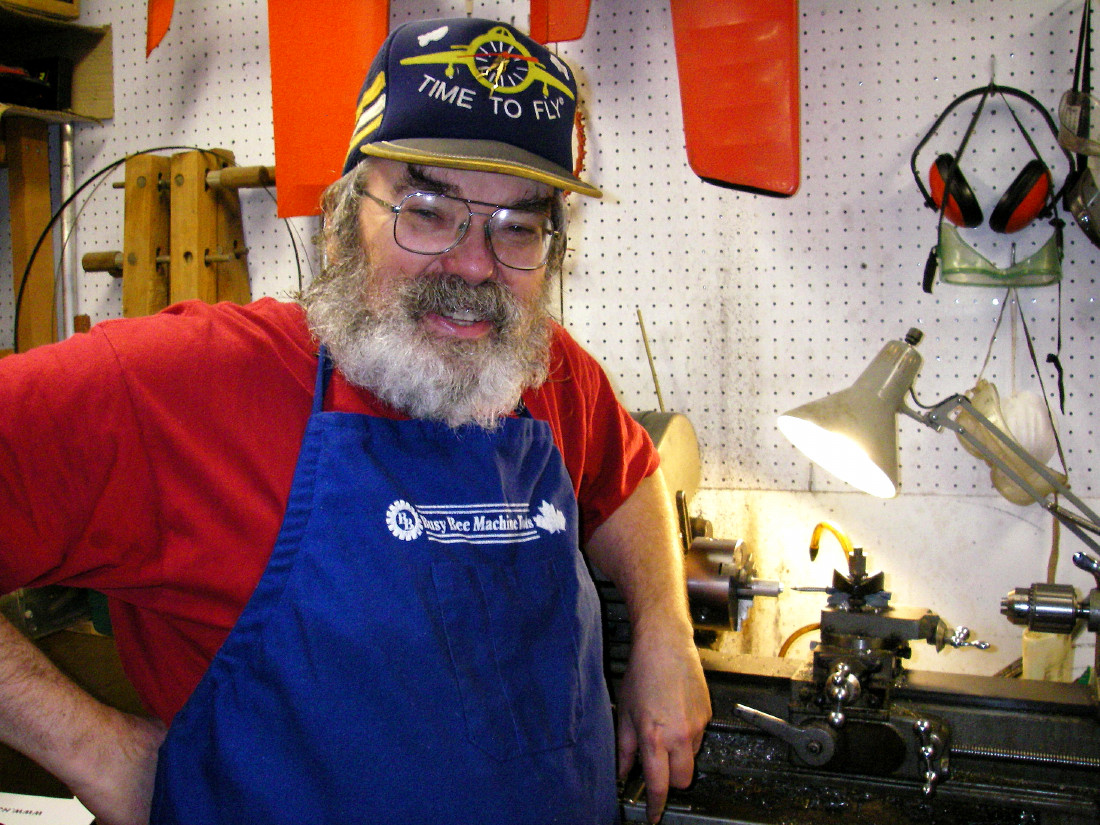 Hooray, hooray, the first of May! Well, that’s the way that it’s supposed to go ……..... unfortunately, over here in North America we’re still sliding ever-deeper into the grip of the COVID pandemic, largely due to the ongoing and seemingly growing number of people who have understandably had enough of precautionary isolation but less understandably are choosing to returning to “normal” behavior despite the fact that it’s clearly way premature to do so.
Hooray, hooray, the first of May! Well, that’s the way that it’s supposed to go ……..... unfortunately, over here in North America we’re still sliding ever-deeper into the grip of the COVID pandemic, largely due to the ongoing and seemingly growing number of people who have understandably had enough of precautionary isolation but less understandably are choosing to returning to “normal” behavior despite the fact that it’s clearly way premature to do so.  Meanwhile, life goes on at various levels, including interest in model engines! The site usage stats show that many of my readers have continued to take an interest despite other distractions, evidently using this website to help them fill the hours of isolation forced upon many of us by the COVID situation as well as a desire to take a break from the political and environmental realities which bedevil our lives. I’m with you guys!
Meanwhile, life goes on at various levels, including interest in model engines! The site usage stats show that many of my readers have continued to take an interest despite other distractions, evidently using this website to help them fill the hours of isolation forced upon many of us by the COVID situation as well as a desire to take a break from the political and environmental realities which bedevil our lives. I’m with you guys! 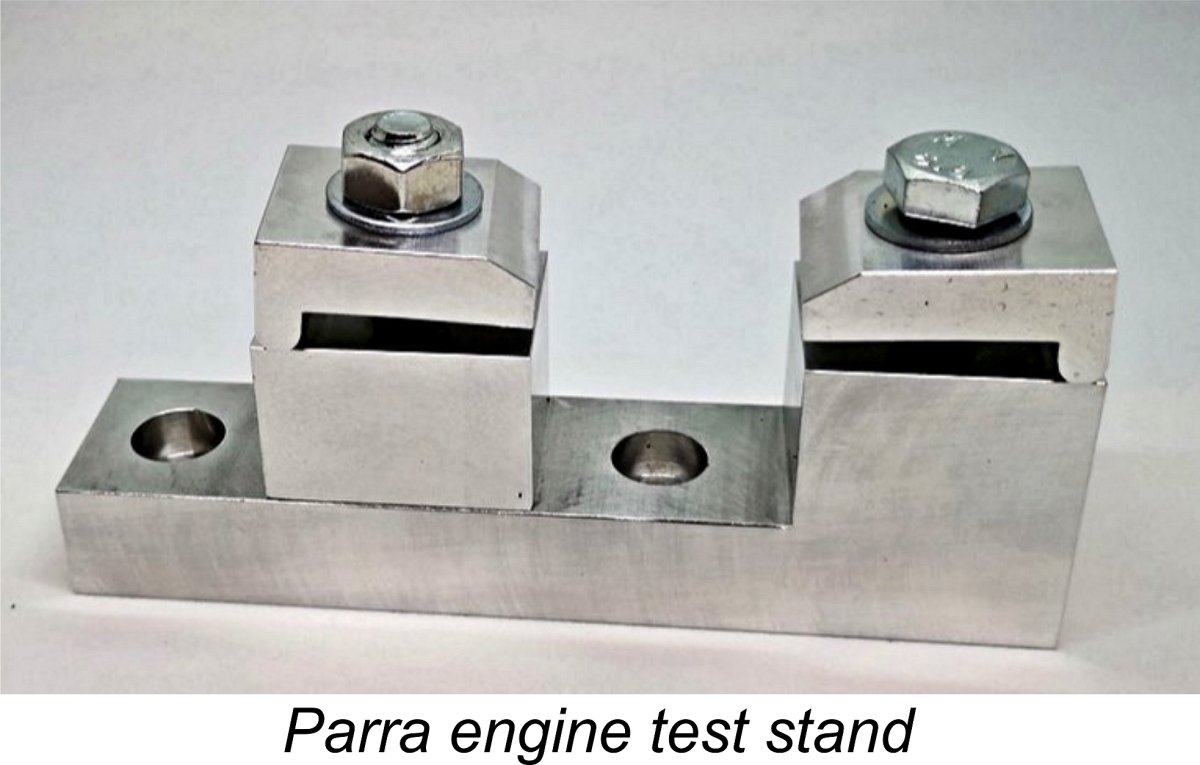
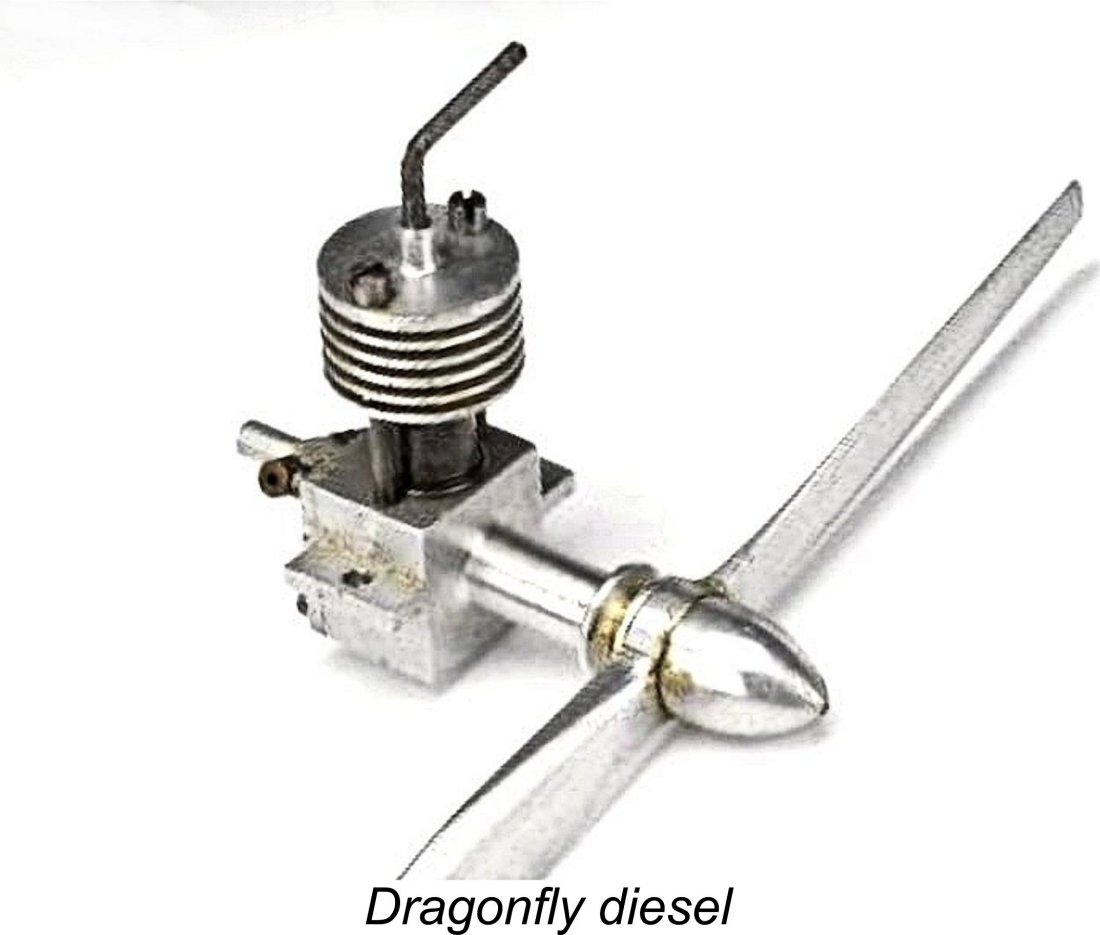
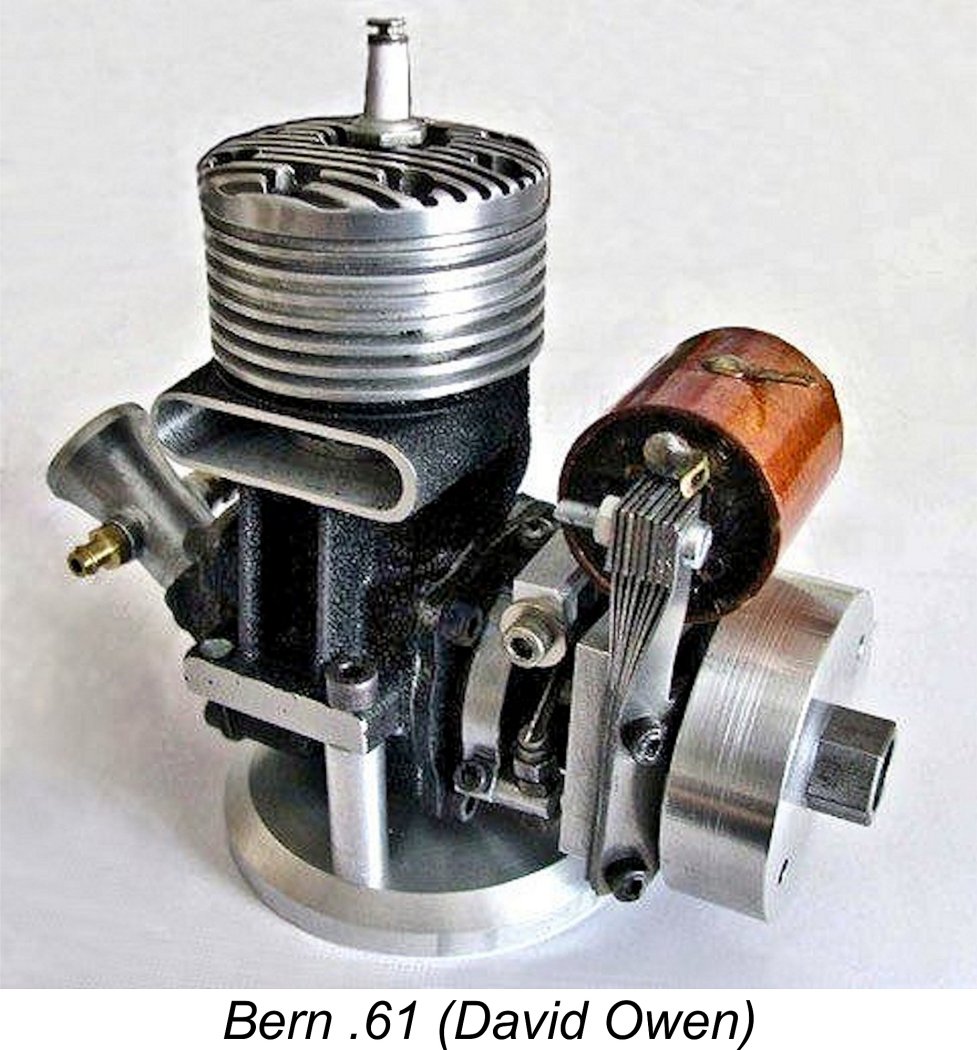 Next to show up in the inbox was my good friend Tim Dannels of “
Next to show up in the inbox was my good friend Tim Dannels of “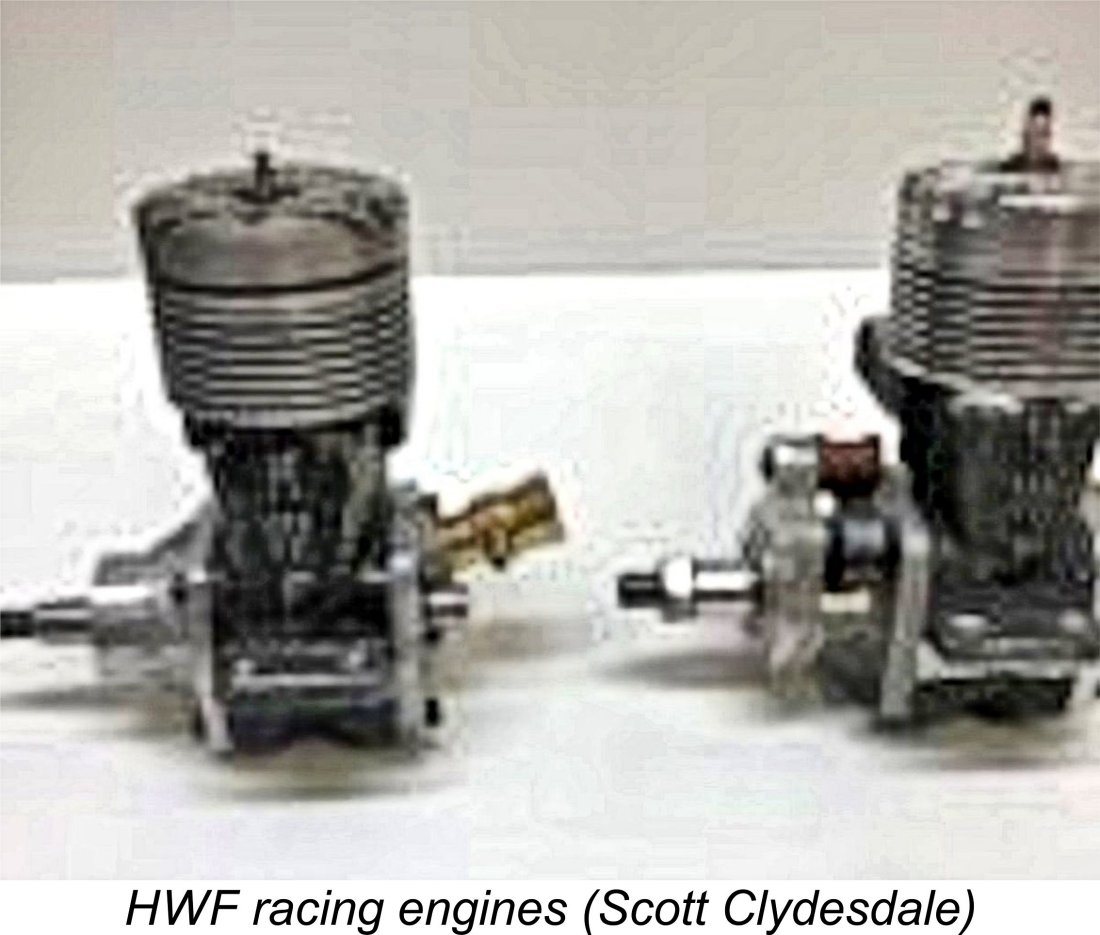
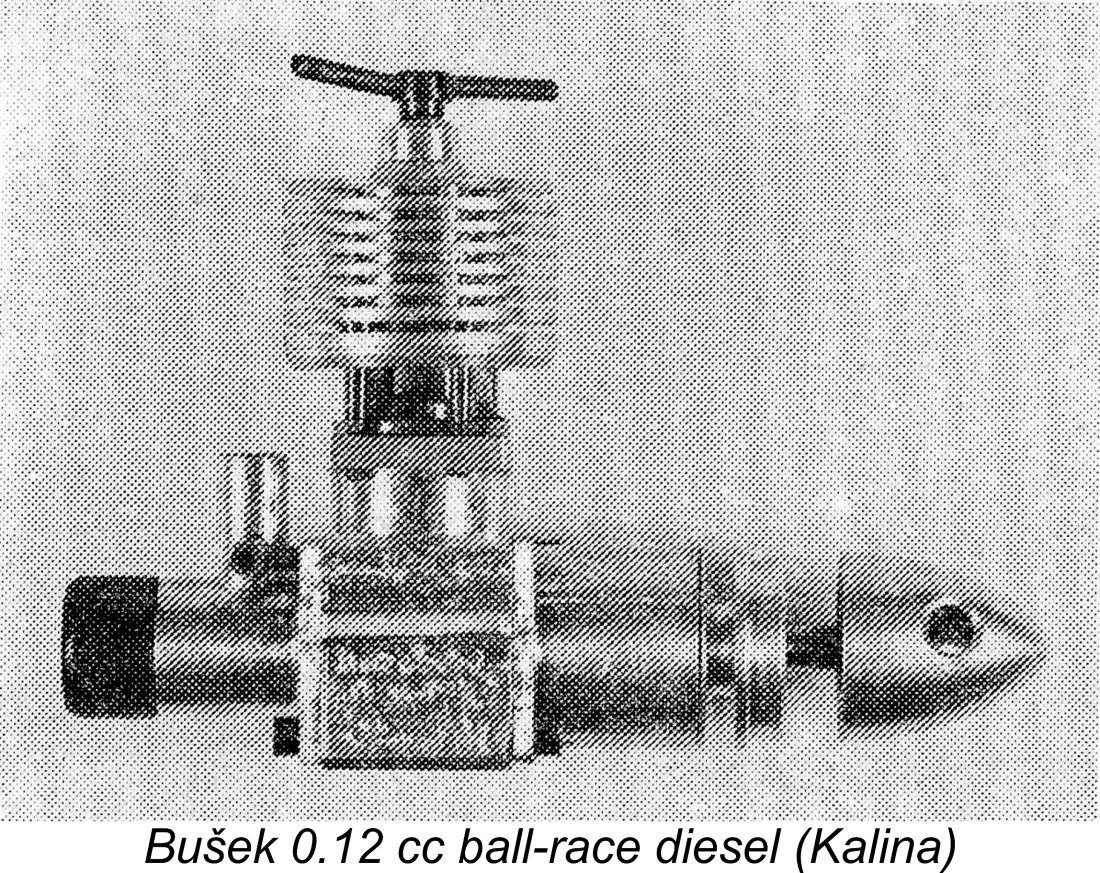 Of course, Maris being Maris, he wasn’t done yet! He also drew my attention to an engine which I had overlooked in my earlier summary of the
Of course, Maris being Maris, he wasn’t done yet! He also drew my attention to an engine which I had overlooked in my earlier summary of the 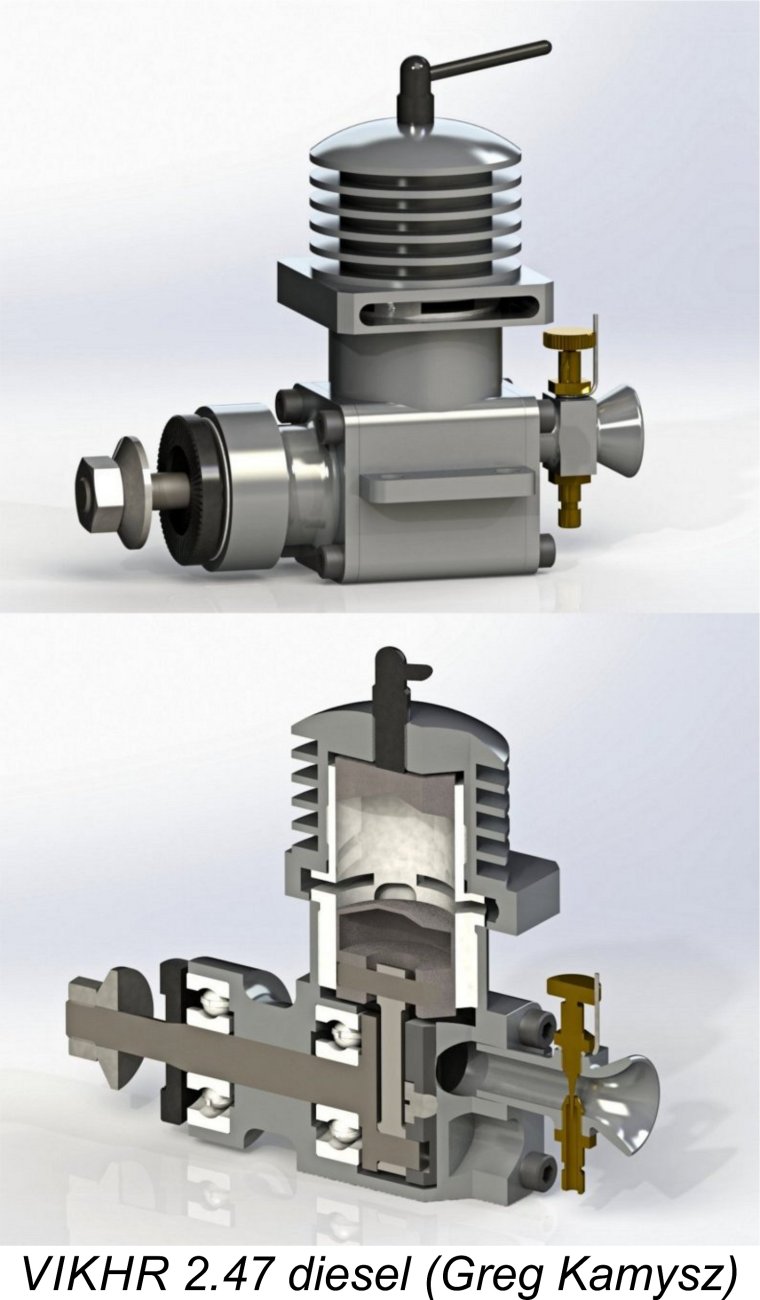
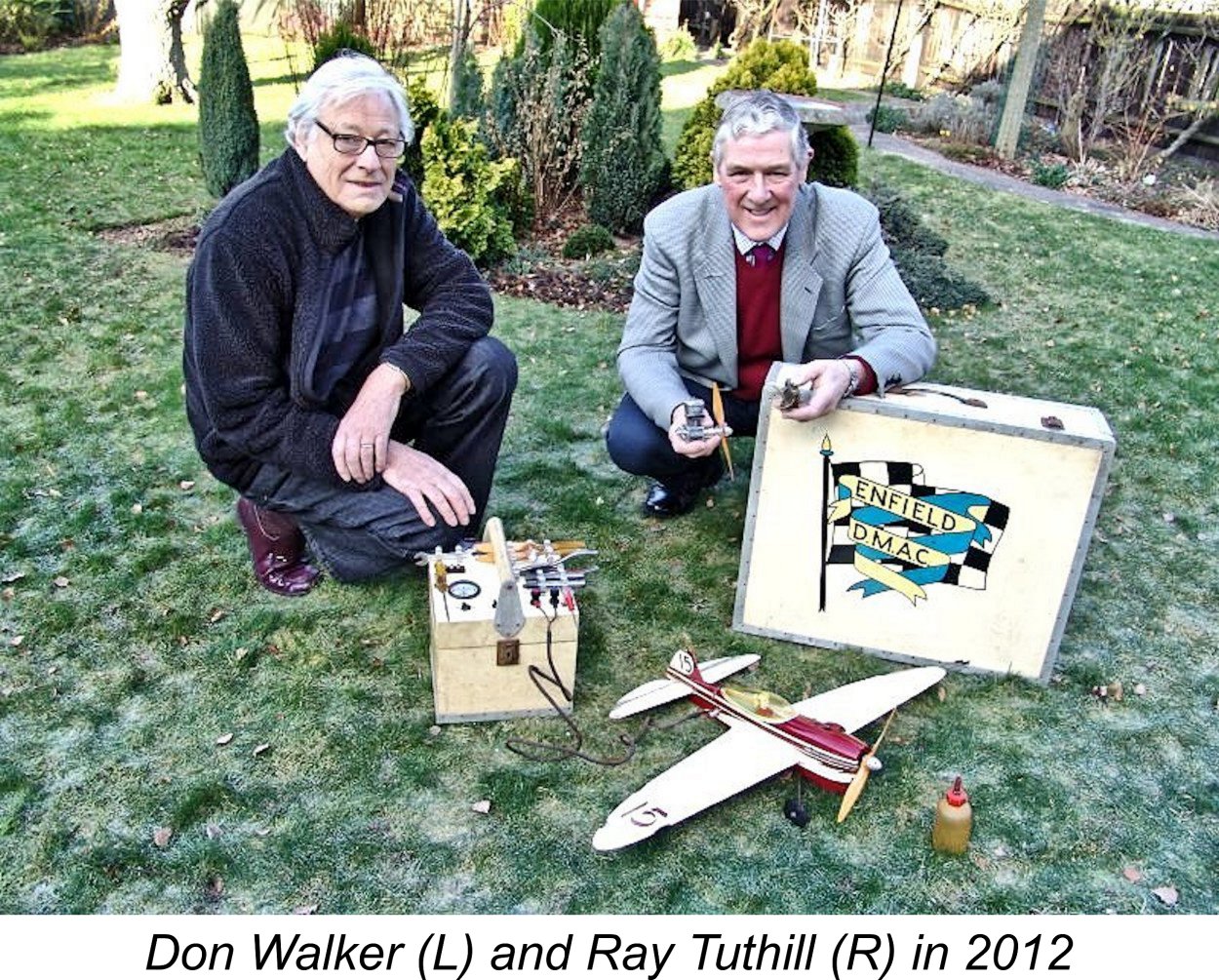 hear from Lyndon Bedford, the son of ETA designer Ken Bedford, with respect to my earlier article on the
hear from Lyndon Bedford, the son of ETA designer Ken Bedford, with respect to my earlier article on the 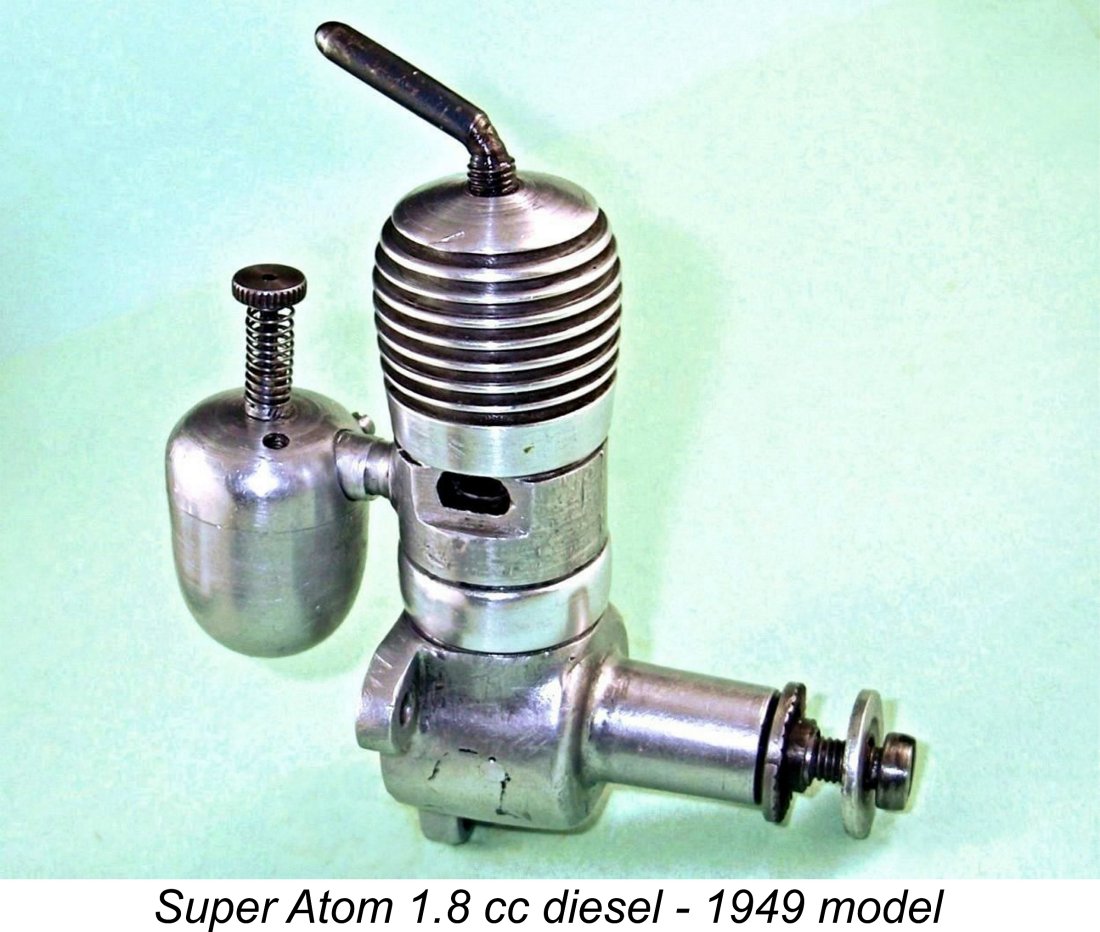 would be an all-new piece, while the other would be a revised article transferred here from MEN. This trend continues this month - once again there are two articles for your reading pleasure! At present, I expect this to continue for some time to come.
would be an all-new piece, while the other would be a revised article transferred here from MEN. This trend continues this month - once again there are two articles for your reading pleasure! At present, I expect this to continue for some time to come.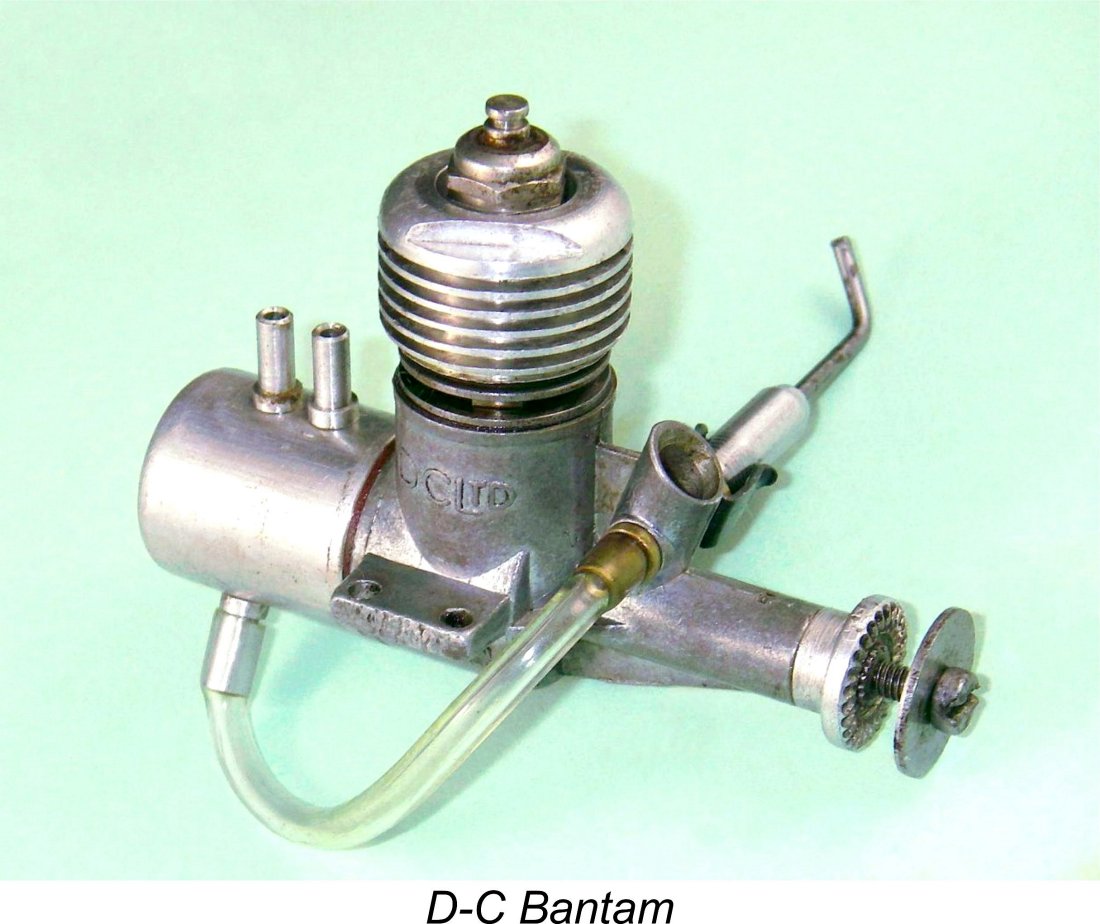 This month’s “transfer” article from MEN continues the ½A theme with a comprehensively revised look at the
This month’s “transfer” article from MEN continues the ½A theme with a comprehensively revised look at the  America was also well to the fore in exploring the development of model diesel technology prior to the late 1947 appearance of the commercial miniature glow-plug. I’ve been at pains to do what I can to document America’s greatly under-appreciated role in this area.
America was also well to the fore in exploring the development of model diesel technology prior to the late 1947 appearance of the commercial miniature glow-plug. I’ve been at pains to do what I can to document America’s greatly under-appreciated role in this area.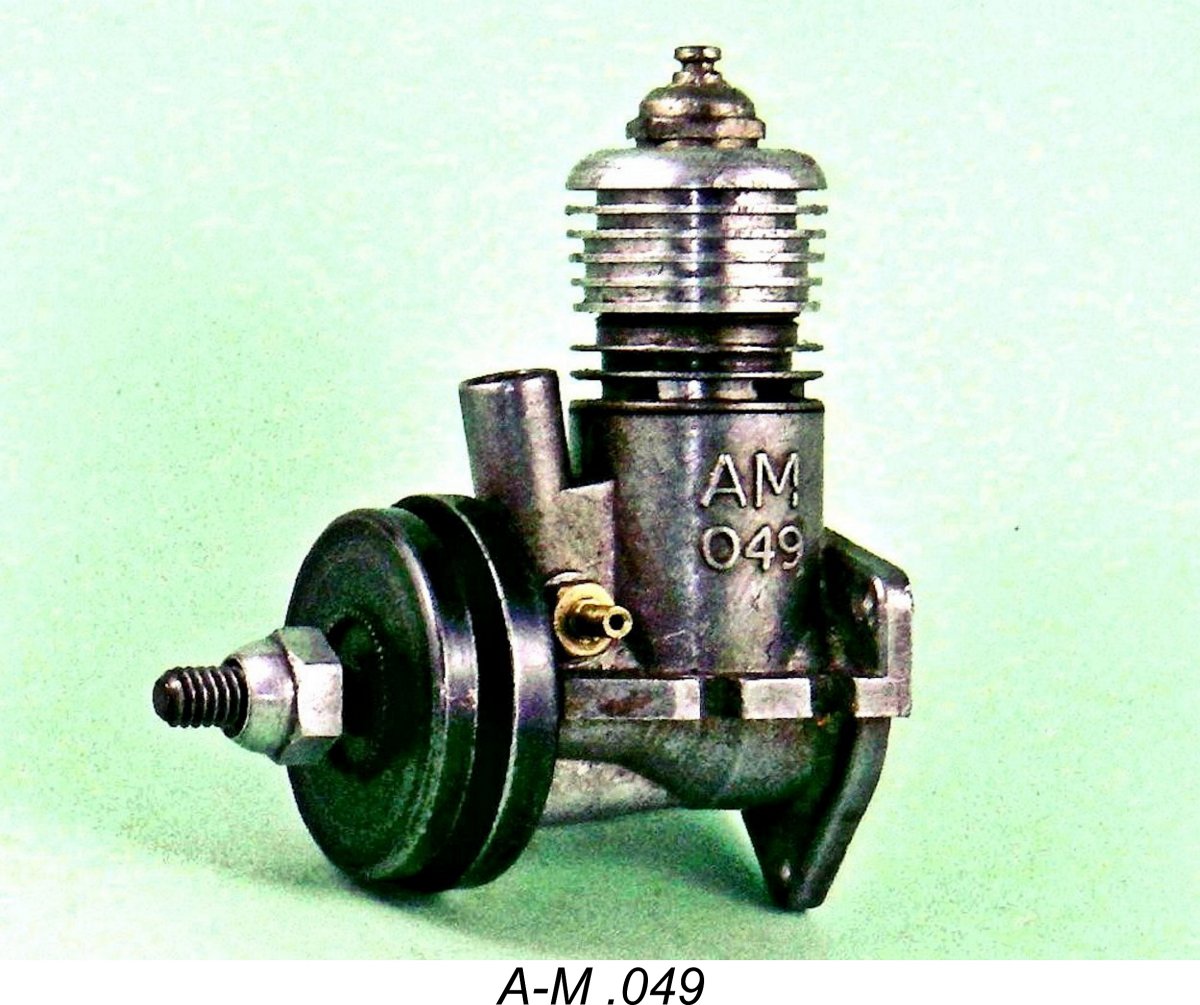 The second article for next month will continue the present pattern, with another “transfer” article from MEN to accompany the all-new lead article. I plan to further extend the ½A theme with a comprehensively revised look at the A-M .049 glow-plug unit from 1959 England. This engine was in effect simply a “badge-engineered” clone of the Mk. II Wen-Mac .049 from America. Although it was advertised as a British production, there’s a lot of evidence to suggest that the A-M .049 was only assembled in Britain using components largely made by Wen-Mac in America. Once again, there’s a bit of controversy involved here, greatly enhancing the interest of the story. I’ve added some all-new test results to the article to expand the coverage. Even if you’ve read the original text on MEN, you’ll still find plenty of new information here!
The second article for next month will continue the present pattern, with another “transfer” article from MEN to accompany the all-new lead article. I plan to further extend the ½A theme with a comprehensively revised look at the A-M .049 glow-plug unit from 1959 England. This engine was in effect simply a “badge-engineered” clone of the Mk. II Wen-Mac .049 from America. Although it was advertised as a British production, there’s a lot of evidence to suggest that the A-M .049 was only assembled in Britain using components largely made by Wen-Mac in America. Once again, there’s a bit of controversy involved here, greatly enhancing the interest of the story. I’ve added some all-new test results to the article to expand the coverage. Even if you’ve read the original text on MEN, you’ll still find plenty of new information here!